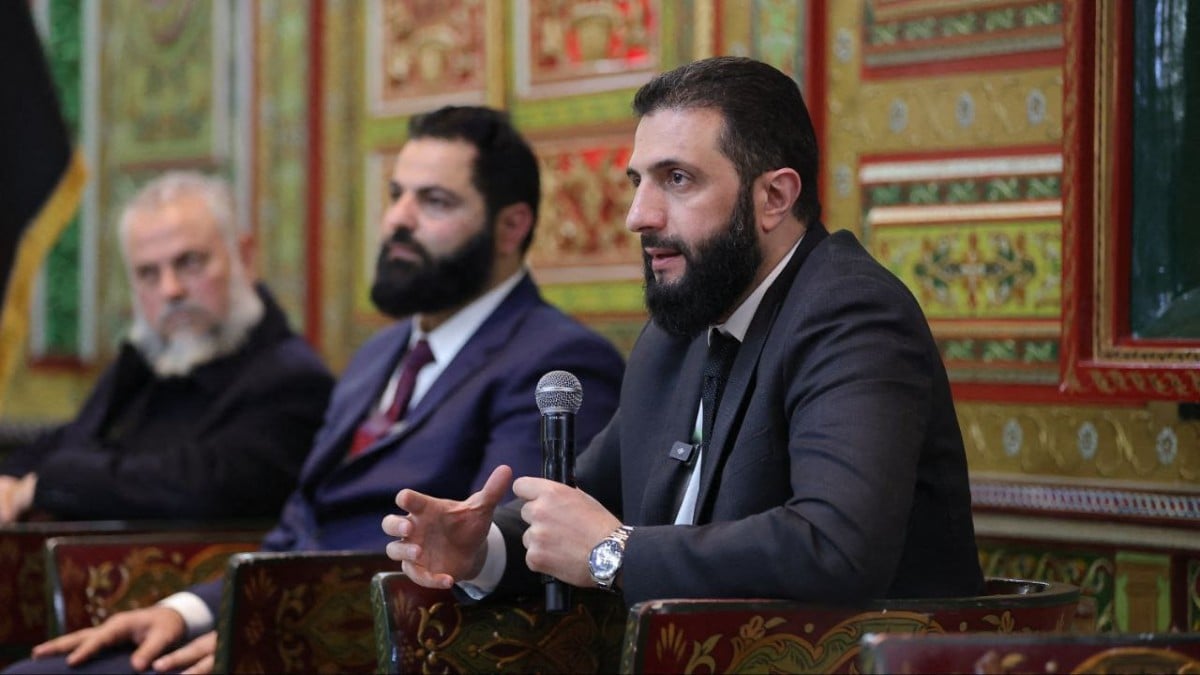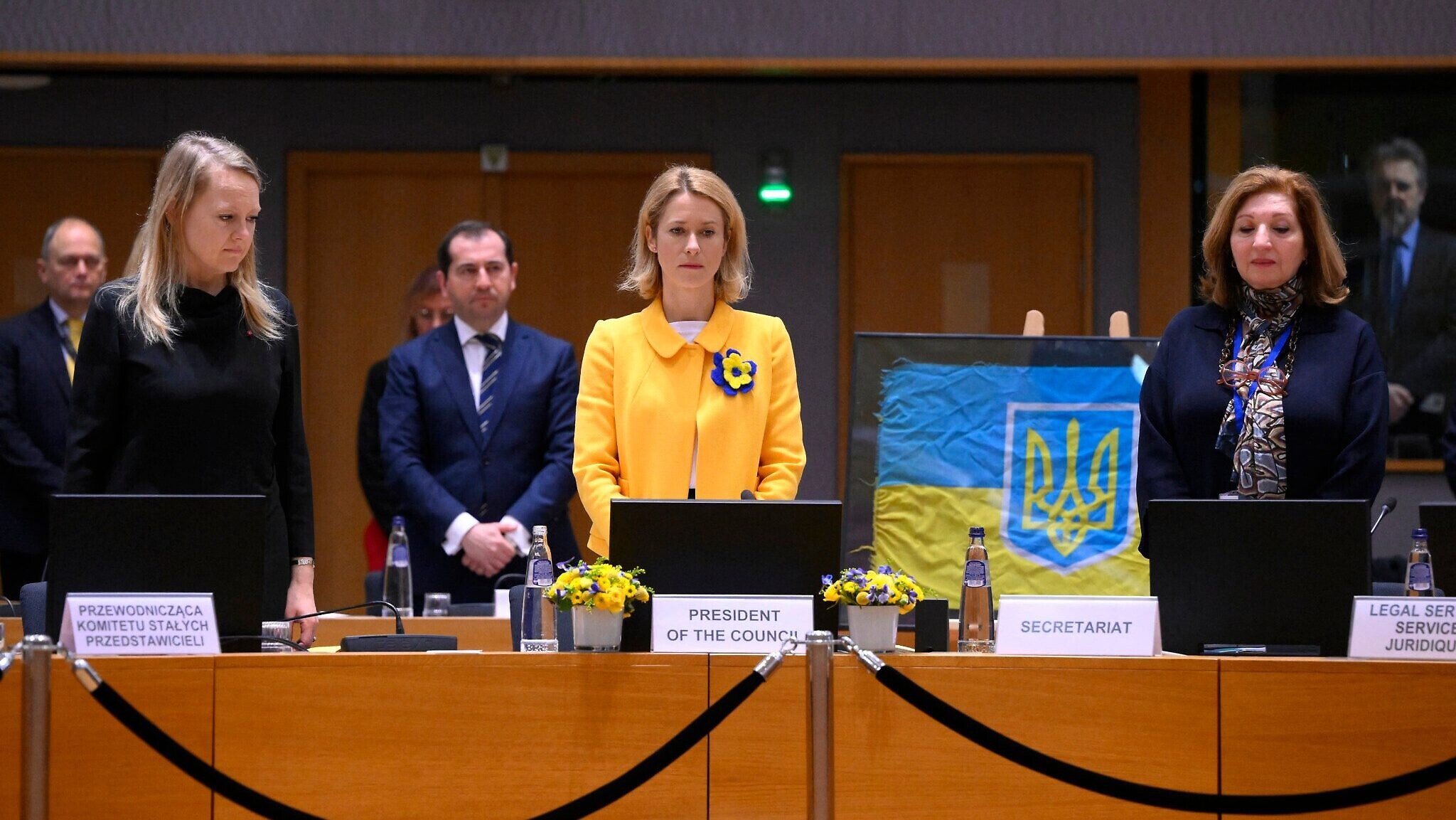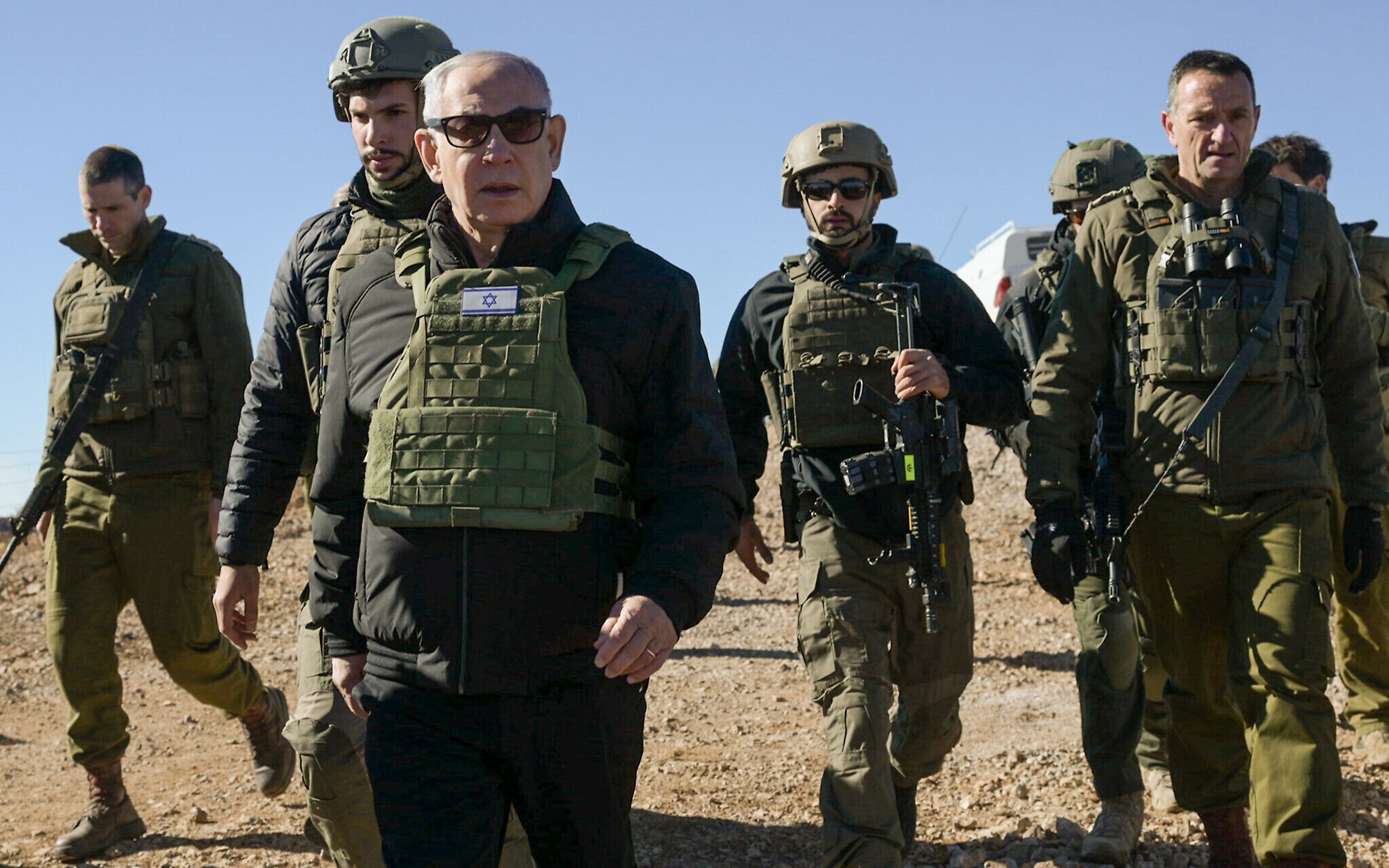



European Union countries on Monday suspended a range of sanctions against Syria with immediate effect, including restrictions related to energy, banking, transport and reconstruction.
The EU has a range of sanctions in place targeting both individuals and economic sectors in Syria.
European leaders began rethinking their approach after insurgent forces led by the Islamist Hayat Tahrir al-Sham (HTS) ousted Syria’s Iran-backed president Bashar Al-Assad in December, more than 13 years after the start of the country’s civil war.
Meeting in Brussels on Monday, EU foreign ministers agreed to suspend restrictions on the energy sector that covered oil, gas and electricity, and sanctions on the transport sector.
They have also lifted asset freezes for five banks, eased restrictions on the Syrian central bank and indefinitely extended an exemption to facilitate delivery of humanitarian aid.
EU states had maintained a range of other sanctions related to the Assad authorities, including those on arms trading, dual-use goods with both military and civilian uses, software for surveillance and the international trade of Syrian cultural heritage goods.
They said they would continue to monitor the situation in Syria to ensure that the suspensions remained appropriate.
It was unclear if the EU’s sanctions relief applied to HTS and its leader, Ahmed al-Sharaa, Syria’s de facto president.
HTS, a former branch of Al-Qaeda, has attempted to shake off its extremist image and said it would honor religious minorities. Soon after the group ousted Assad, the EU’s top diplomat said sanctions on Syria would be lifted only after the country’s new leadership disavowed religious extremism and proved it would respect women’s and minority rights.
Following Assad’s ouster, Israel moved troops into the two countries’ buffer zone, citing fear it would fall into the wrong hands. The buffer zone, on the Syrian side of Mount Hermon and the Golan Heights, had been demilitarized under a 1974 agreement between Israel and Syria.
Sharaa has called on Israel to withdraw from the buffer zone and said he would accept international peacekeepers being stationed there.
On Sunday, speaking at a military ceremony, Prime Minister Benjamin Netanyahu said troops would stay in the buffer zone indefinitely.
“We will not allow [HTS] forces or the new Syrian army to move into territory south of Damascus,” said Netanyahu.
Israel has carried out several strikes in Syria since Assad’s ouster and destroyed the lion’s share of the former Syrian military’s air defenses. Throughout the Syrian civil war, Israel had reportedly carried out hundreds of strikes in Syria, with the country having become a throughway for arms from Iran to its Lebanese proxy Hezbollah. Both Iran and the terror group propped up Assad’s regime during the war.


